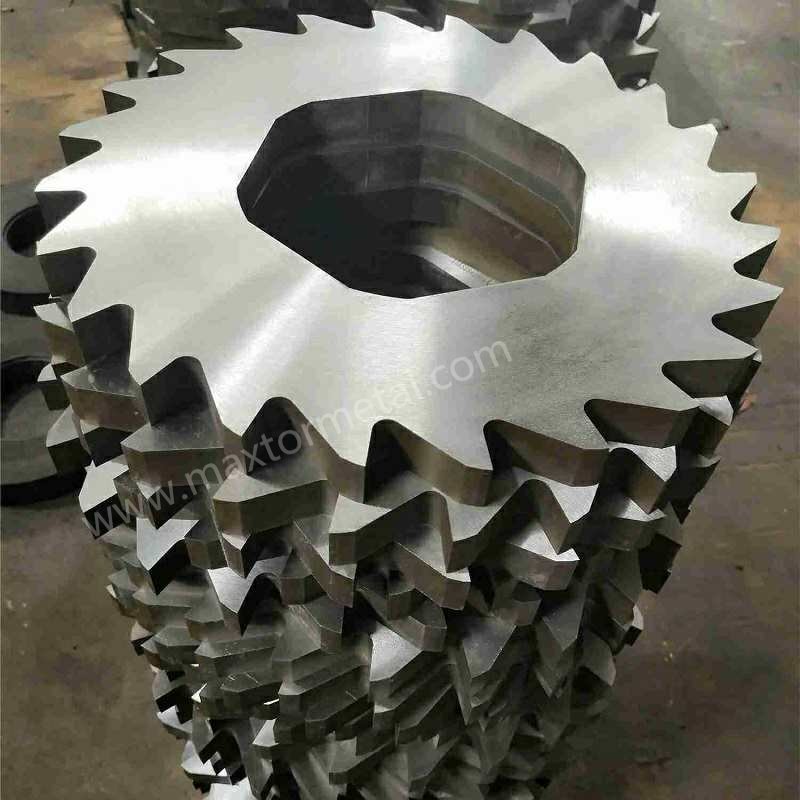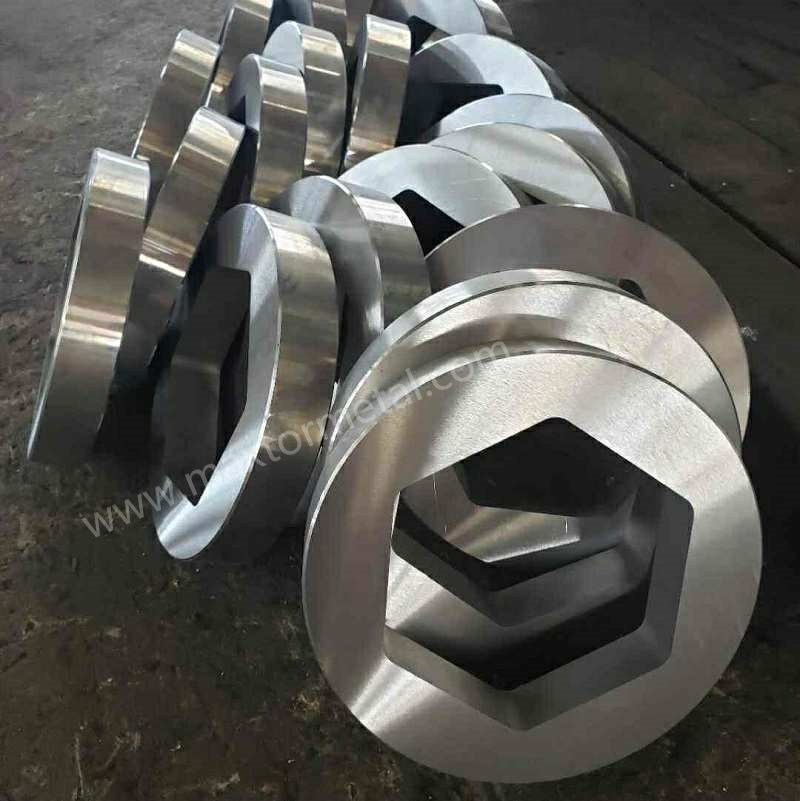Industrial shredder blades are indispensable in waste management and recycling sectors, significantly impacting operational costs and efficiency. For both manufacturers and end-users of shredders, minimizing blade wear is critical to maintaining productivity and sustainability. This article explores innovative strategies to extend the lifespan of shredder blades, offering detailed insights that cater to the preferences of both manufacturers and end users.
1. Advanced Material Selection for Industrial Shredder Blades
Selecting the right material is the foundation of reducing blade wear. While high-carbon steel and tool steel are standard choices due to their hardness and wear resistance, advancements in metallurgy have introduced more durable options. Alloy steels and carbide-infused materials are gaining popularity for their superior performance in harsh conditions. These materials offer a balance of toughness and durability, essential for prolonged use.
2. Enhanced Maintenance Protocols
Regular and thorough maintenance is pivotal in extending blade life. Implementing a strict maintenance schedule that includes frequent inspections, cleaning, and lubrication can prevent premature wear. Predictive maintenance technologies use sensors and data analytics to monitor blade conditions in real-time, allowing for timely interventions before significant wear occurs.
3. Precision Sharpening Techniques
Maintaining the sharpness of shredder blades is critical. Precision sharpening using advanced CNC machines ensures consistent results. These machines provide uniform sharpening angles, reducing the likelihood of uneven wear. Additionally, employing automated sharpening systems can enhance efficiency and accuracy.
4. Optimized Operational Parameters
Operating shredders within their recommended parameters can significantly reduce wear. Overloading the shredder or operating it at improper speeds can lead to accelerated blade degradation. Adherence to manufacturer guidelines ensures that machines operate within optimal conditions. Implementing automated control systems that adjust operational parameters in real-time can further enhance efficiency and blade longevity.
5. Protective Coatings Application
Applying protective coatings such as titanium nitride, carbide, or other advanced materials can drastically improve blade wear resistance. These coatings reduce friction and protect against corrosion, thereby extending the blade’s service life. The use of such coatings is becoming a standard practice in a number of use industries, driven by the need for cost-effective and sustainable solutions.
6. Temperature Management
Excessive heat can accelerate blade wear. Integrating cooling systems or using high-temperature-resistant lubricants can help manage operational temperatures effectively. The use of advanced cooling technology and high-performance lubricants reduces heat-related wear, ensuring that blades remain in optimal condition.
7. Proper Blade Alignment
Ensuring that shredder blades are correctly aligned is essential for reducing uneven wear. Misaligned blades create excessive friction and stress on specific parts, leading to premature wear. Regular alignment checks and adjustments are crucial. Maintenance protocols often include state-of-the-art alignment tools and technologies, ensuring precision and efficiency.
8. High-Quality Manufacturing Standards
Investing in high-quality shredder blades from reputable manufacturers is a proactive approach to reducing wear. Businesses often rely on internationally recognized certifications and standards, such as ISO, to guarantee the quality and durability of their blades. These standards ensure that blades meet stringent performance and safety criteria.
9. Customization for Specific Needs
Customizing shredder blades to meet specific operational requirements can also reduce wear. Companies frequently collaborate with blade manufacturers to design bespoke solutions tailored to their unique needs. Customization may involve adjusting blade geometry, material composition, or incorporating special coatings to enhance performance.
10. Comprehensive Employee Training
Training employees on the proper use and maintenance of shredder blades is vital. Well-trained personnel can identify early signs of wear and take preventive measures. Investing in robust training programs that cover best practices for blade operation, maintenance, and safety ensures that employees are equipped with the knowledge to maximize blade lifespan.
11. Utilization of Cutting-Edge Technologies
Embracing cutting-edge technologies such as AI and IoT can further enhance blade maintenance and longevity. Smart sensors can monitor blade conditions and usage patterns, providing real-time data for predictive maintenance. AI algorithms can analyze this data to predict potential issues and recommend corrective actions. The integration of these technologies is becoming increasingly common, reflecting a broader trend towards Industry 4.0.
12. Sustainable Practices
Adopting sustainable practices can also contribute to reduced blade wear. This includes using eco-friendly lubricants and materials, recycling worn-out blades, and optimizing shredding processes to minimize environmental impact. Implementing green practices aligns with stringent environmental regulations and consumer preferences for sustainability.
Conclusion
Reducing wear on industrial shredder blades is a multifaceted challenge that requires a combination of advanced materials, precise maintenance, optimized operations, and cutting-edge technologies. By adopting these innovative strategies, industries can achieve significant cost savings, enhance operational efficiency, and contribute to a more sustainable future. These methods not only meet the high standards of shredder manufacturers but also resonate with the growing demands of end-users for quality and reliability.








